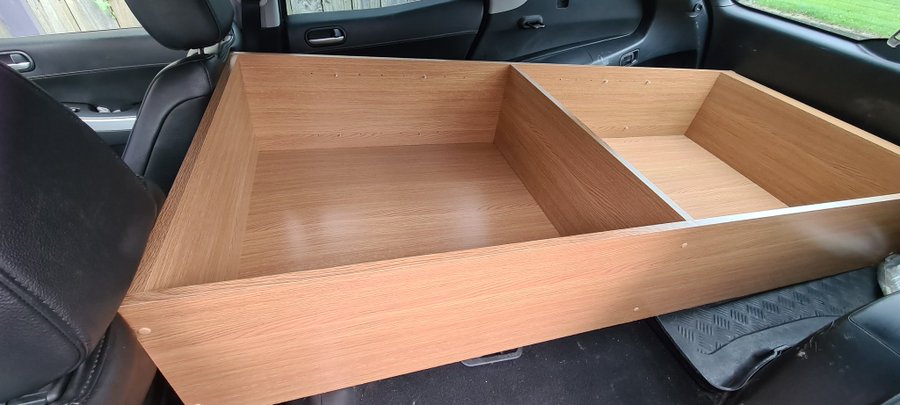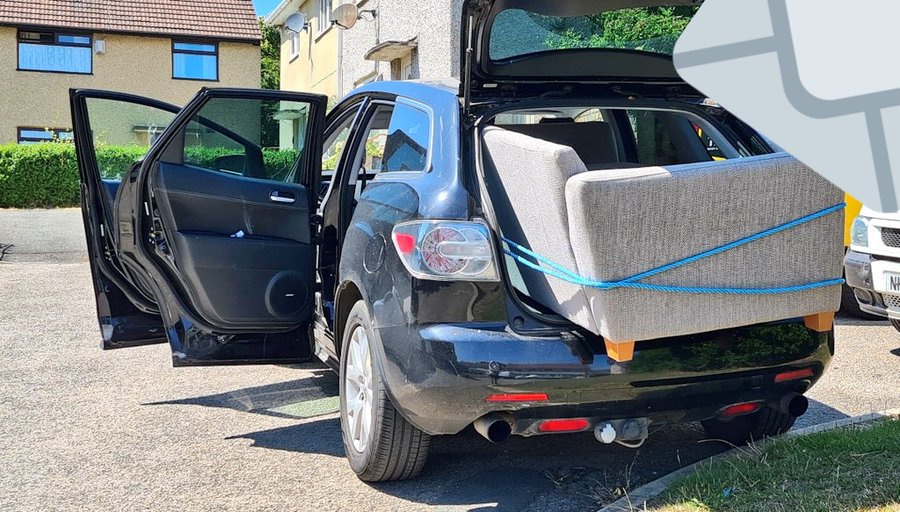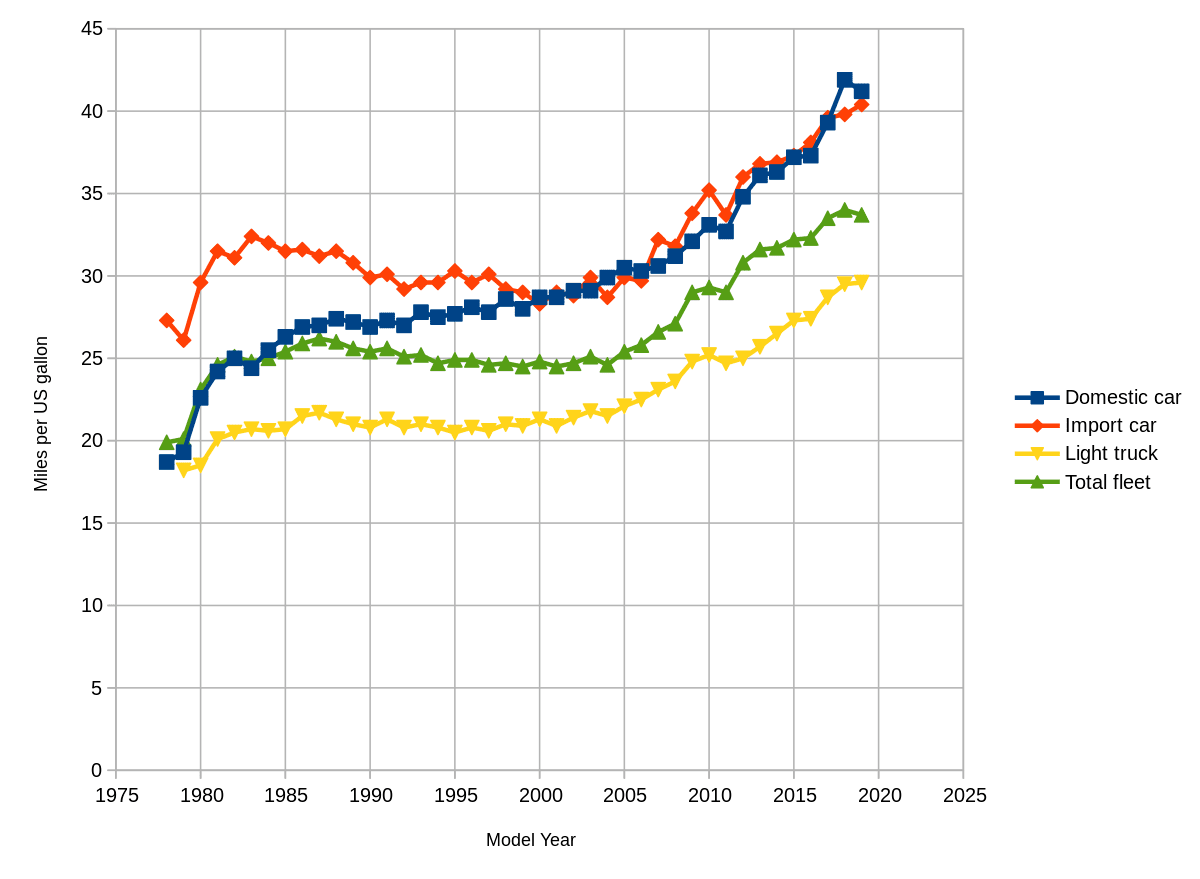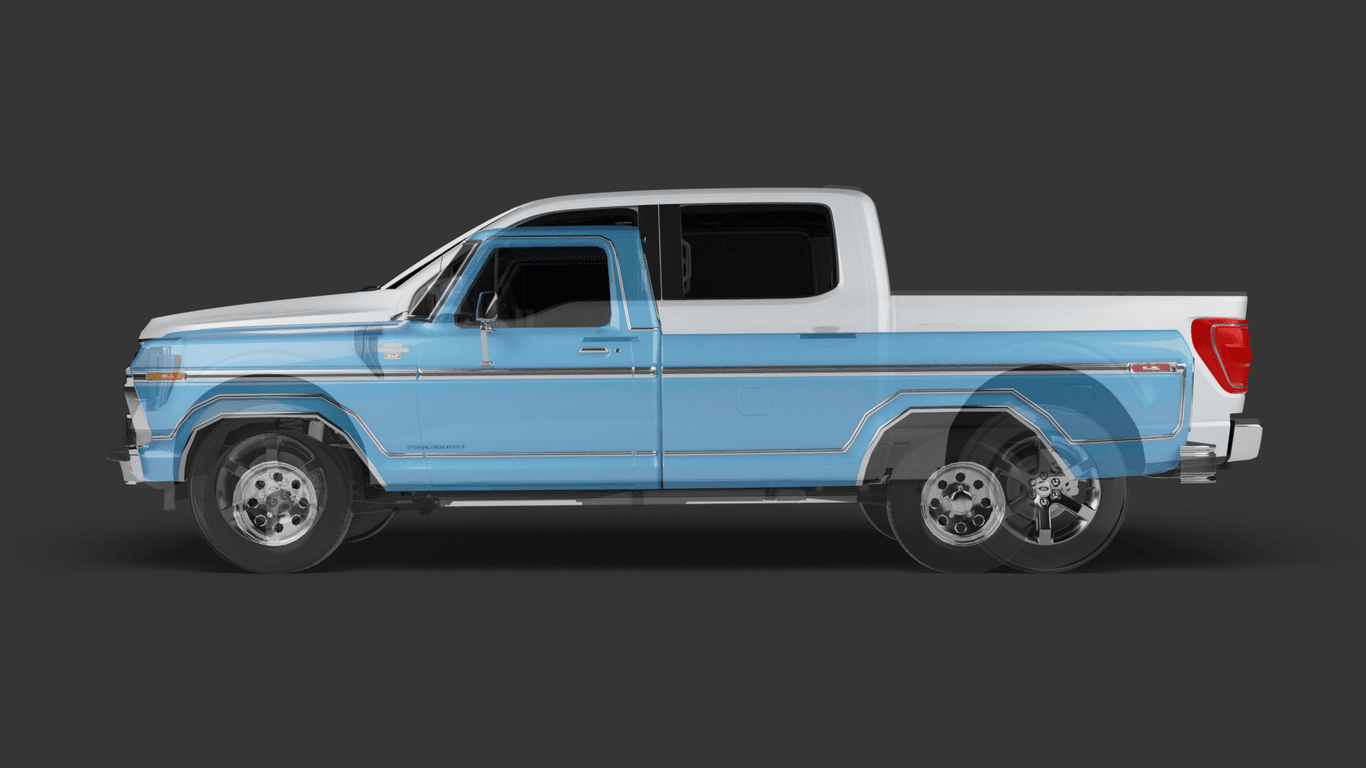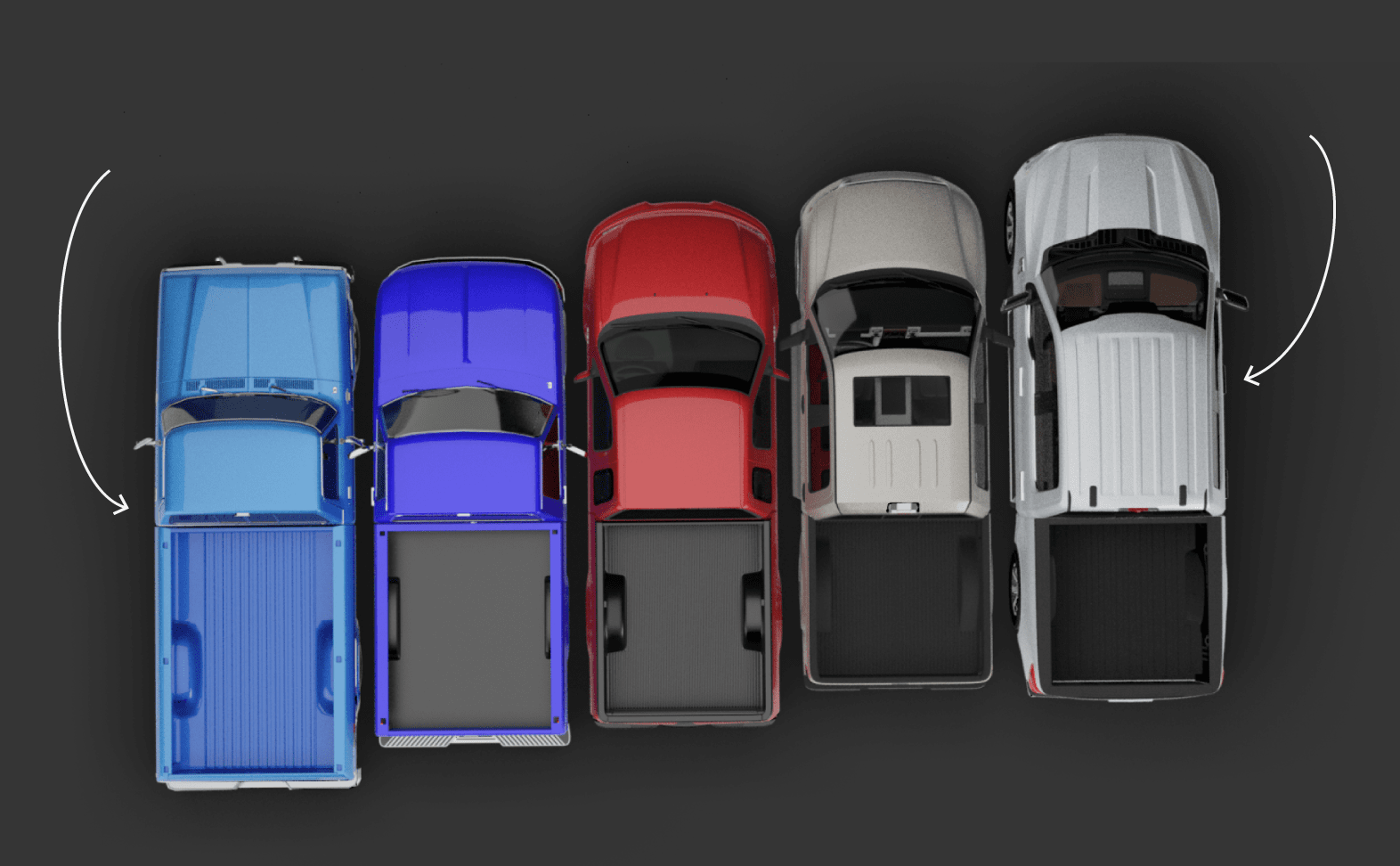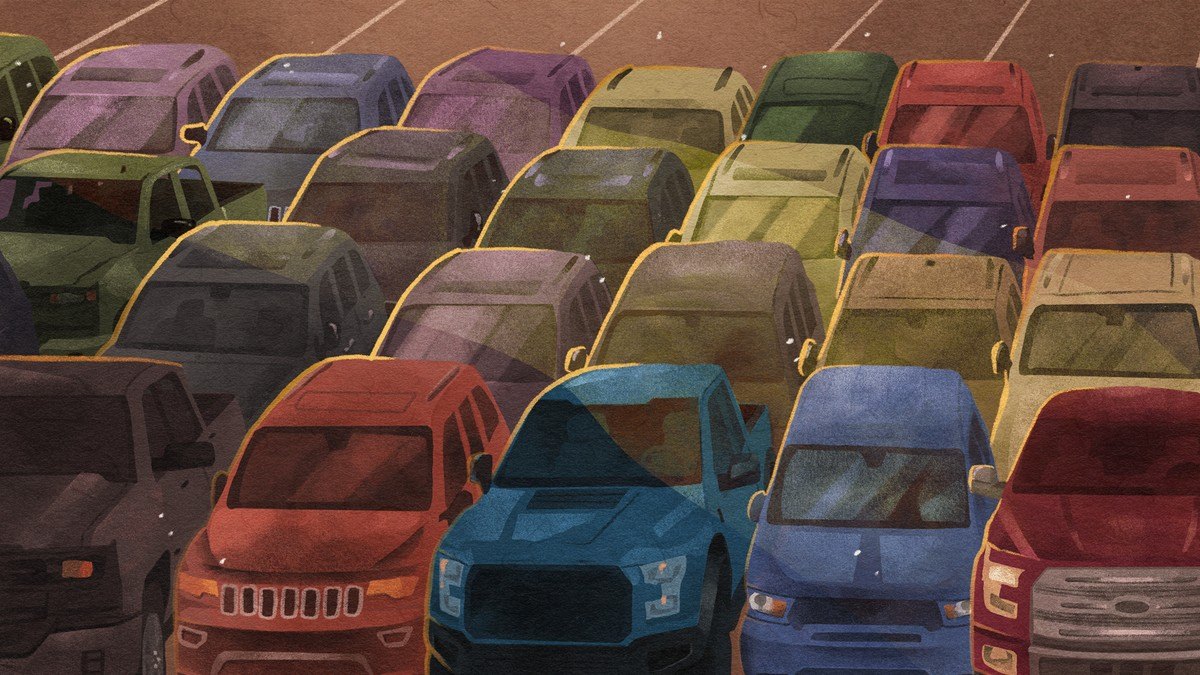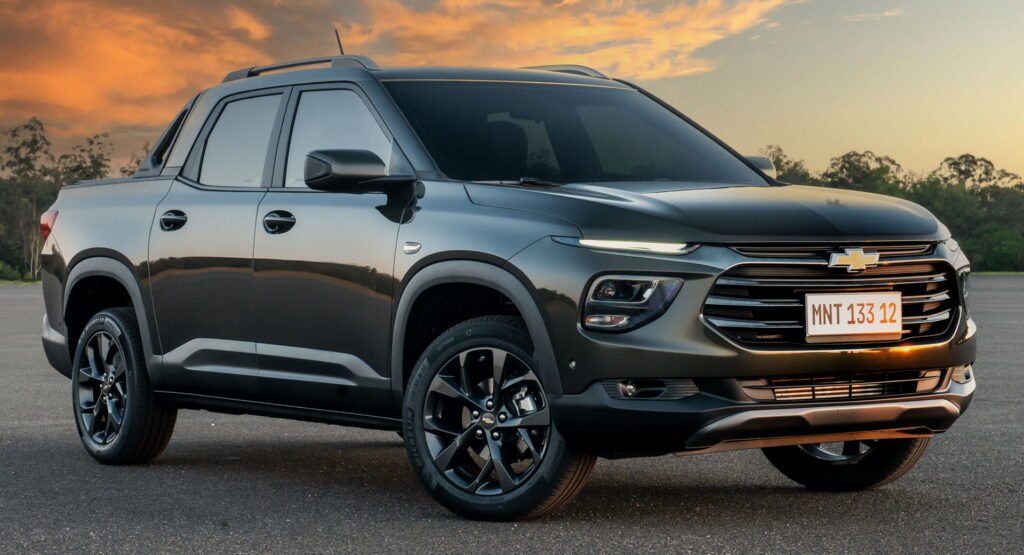And now for an exciting but most likely farcical idea, Citroen CEO claims that the rise of EVs will kill the SUV. "The world of the SUV is done", says Vincent Cobee. Why? SUVs are naturally bigger and heavier than sedan and hatchback counterparts, they will be less aerodynamic, which can have severe consequences in terms of range, thus requiring larger batteries, which cause weight gain and well, inefficiency. An electric SUV is just not worth all of the extra costs, weight, and cumbersomeness, and will eventually be regulated out of the market, at least in Europe. Instead, the focus should be more expansive charging infrastructure, rather than larger batteries for larger cars.

These are roo bars for protecting the car from damage due to cattle and roo collisions. Should see the semis with these.




